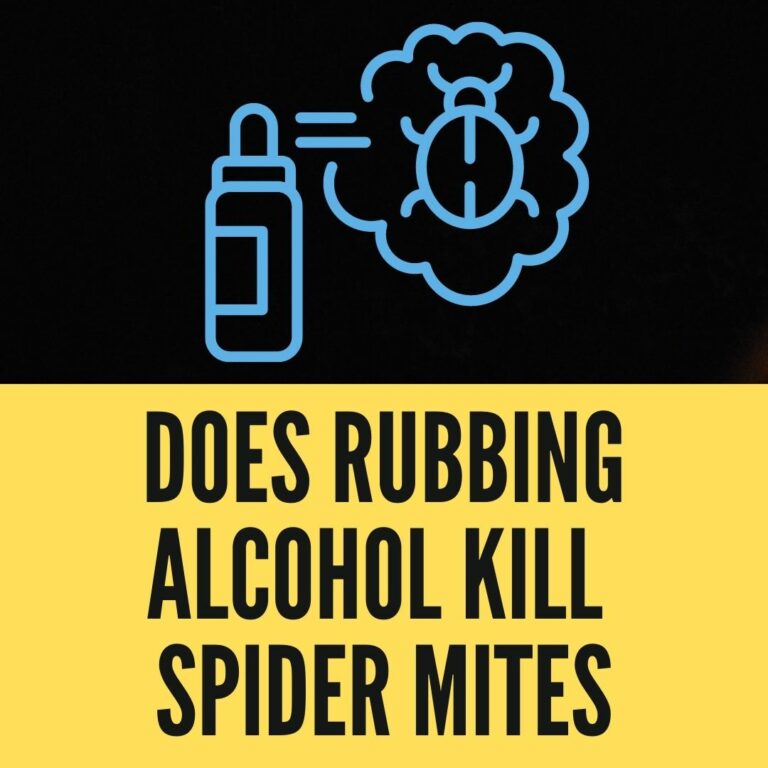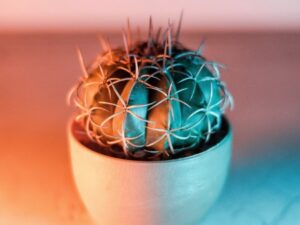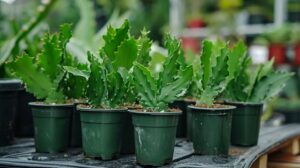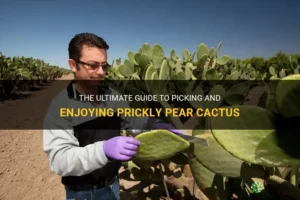In the realm of pest control, the efficacy of using household items such as rubbing alcohol for combatting unwelcome arachnids has garnered attention. Particularly within garden ecosystems, where spiders may play both beneficial and detrimental roles, the inquiry into utilizing rubbing alcohol as a pest management solution is not merely academic; it reflects a significant shift in how we perceive our environmental interactions.
This discussion will explore the nuances of using rubbing alcohol against spiders, examining its chemical properties, methodologies for application, and the potential repercussions of incorporating such practices into one’s gardening routine.
Understanding Rubbing Alcohol: Beyond the Basics
Rubbing alcohol, primarily composed of isopropyl alcohol or ethanol, serves multiple purposes ranging from disinfecting surfaces to acting as a cleaning agent. In pest control, its strong solvent properties are particularly relevant. When applied in sufficient concentrations, usually around 70%, rubbing alcohol can disrupt the cellular membranes of many pests, including spiders.
However, to regard rubbing alcohol as a panacea for all garden insects would be a grave oversimplification. While it effectively eradicates pests upon contact, the transient nature of its effects necessitates understanding its limitations and implications in a broader ecological context.
Recognizing the Impacts: Beneficial vs. Detrimental Spiders
Before embarking on a crusade against spiders in your garden, it’s essential to identify the role these creatures play. Spiders are natural predators that feed on a variety of pest populations, including aphids, whiteflies, and other small insects that can be detrimental to plant health. By maintaining a balanced ecosystem, beneficial spiders can help reduce the need for more aggressive pest control measures.
Conversely, some spiders, particularly invasive species, can indeed harm plants or become overly prolific, leading to higher risks of damage to crops. Understanding this dichotomy is crucial. For instance, the common garden spider may well prove to be a gardener’s ally, while the brown recluse could pose a risk to both plants and people alike.
Application Techniques: How to Use Rubbing Alcohol Safely and Effectively
Should you decide that rubbing alcohol is the appropriate solution for specific spider infestations, proper application is paramount. The efficacy of the treatment hinges not just on the substance itself but on how it is applied. Here are strategies to maximize its effectiveness:
– **Direct Spray Method**: Utilize a spray bottle to apply a diluted solution of rubbing alcohol directly onto visible spiders. Ensure coverage on the body to maximize cellular disruption.
– **Spot Treatment for Infestations**: In cases of heavier infestations, targeting webs or sheltered areas where spiders reside can be more effective than random application. Focus on corners, under leaves, and crevices where spiders are likely to nest.
– **Soil Amendments**: Diluted rubbing alcohol may also be used to treat the soil where spiders and their egg sacs may reside, although caution is warranted to prevent disrupting beneficial organisms within the soil ecosystem.
– **Timing is Everything**: Applying rubbing alcohol during early morning or late afternoon hours will help mitigate evaporation and enhance absorption rates. Avoid applications during peak sun exposure, as the heat will cause rapid drying, diminishing its effect.
Engaging in Ecological Considerations: The Ripple Effect
Adopting rubbing alcohol as a pest control method extends beyond the immediate problem-solving mindset. It forces us to reconsider the broader ecological implications. The indiscriminate use of strong agents can lead to unintended consequences, such as harming beneficial insects or disrupting the delicate balance of natural predators and prey in the environment.
It’s critical to approach garden management with an integrated pest management (IPM) mentality—an approach that encourages understanding and managing pest populations while minimizing environmental impact. Rubbing alcohol should be utilized judiciously and in conjunction with other pest control strategies, ensuring that beneficial insects are preserved and populations of harmful species are brought under control without undue backlash.
Alternatives to Consider: The Spectrum of Organic Pest Control
While rubbing alcohol serves as a viable solution for pest control in certain scenarios, there exists a spectrum of organic methods that may complement or compete with its application. Options such as diatomaceous earth, neem oil, and insecticidal soaps can offer multifaceted approaches to pest management, often with reduced ecological disturbances.
Furthermore, fostering a habitat that attracts natural predators, such as ladybugs and lacewings, can facilitate a natural pest management strategy that minimizes the need for any form of chemical intervention.
Conclusion: Rethinking the Role of Rubbing Alcohol in Your Garden
Ultimately, the question of whether rubbing alcohol will kill a spider reveals more than just a simple answer regarding its effectiveness. It prompts a profound re-evaluation of our relationship with the natural world in our gardens. By understanding and utilizing this substance responsibly, along with an awareness of its impacts on ecological balance, we can craft a more harmonious coexistence with the myriad of creatures that share our love for gardening.
In navigating the intricacies of pest control, embracing a mindset that values both utility and stewardship can foster a more resilient garden ecosystem, enhancing not only our plants but also the biodiversity that supports them.





Leave a Comment